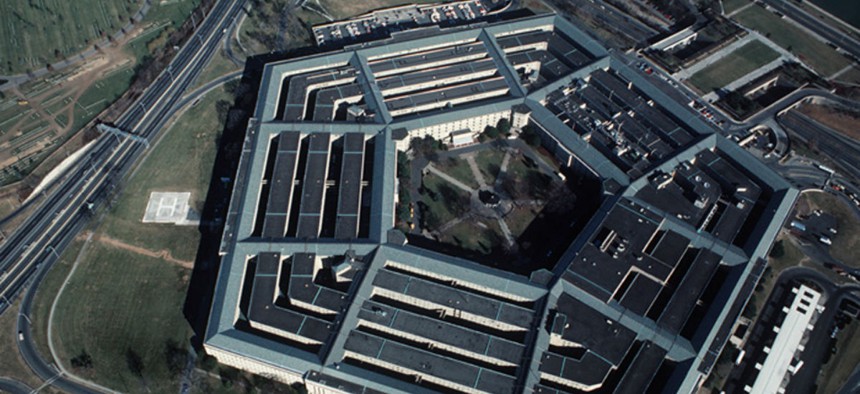
Defense Department file photo
Pentagon's Better Buying Power Wins Plaudits from Business Group
Review backs widening of agile acquisition, procurement reform and Silicon Valley partnerships.
Five years after the Defense Department launched its series of Better Buying Power initiatives, its evolving, multi-component reform plan for weapons acquisition has proven to be the best available approach, a business group said on Tuesday.
The plan launched by Ash Carter well before he became Defense secretary is described as a “novel attempt at improving the productivity and efficiency of a deeply entrenched system” in a report titled, “Beyond Business as Usual: Improving Defense Acquisition through Better Buying Power,” by Zach Huitink and David Van Slyke of Syracuse University, published by the IBM Center for the Business of Government.
The Better Buying Power model is described as responding to tight budgets and sequestration by “initiating and institutionalizing change through a decentralized and cascading approach that engages stakeholders, measures results, learns from and evolves toward clarifying priorities and continuously strengthening performance.”
The report examines the components of achieving affordability and controlling costs through planning and promoting competition; providing incentives for contractors and vendors through different contract types; reducing bureaucracy by holding front-line managers accountable for results; and applying a more strategic approach to acquiring services.
The results so far, the analysts say, are mixed. They warrant “cautious optimism,” however, since “the historical experience with ‘magic bullet’ reforms suggests it may be the better” of the alternatives.
Lessons for Better Buying Power’s future offered by the scholars include:
- Continue the pursuit of “agile” acquisition to combat rapidly changing terrorist threats in a technologically fluid world using centralized procurement vehicles;
- Enhance the focus on improving services acquisition through deeper exploration of ways to tap the variety of services providers;
- Expand efforts to build partnerships outside the traditional defense industrial base, even beyond those high-tech partnerships already in place in Silicon Valley.







